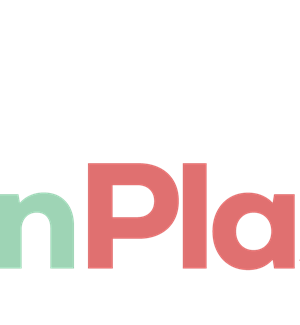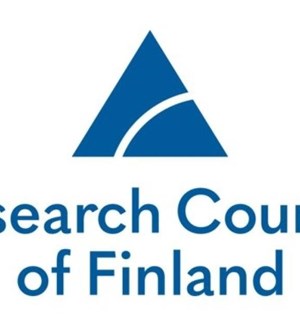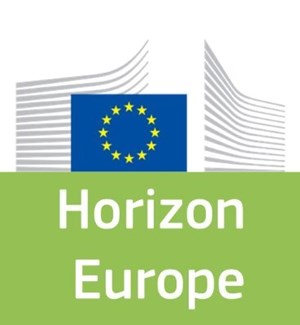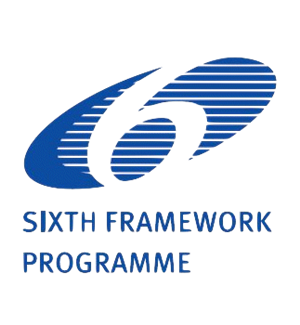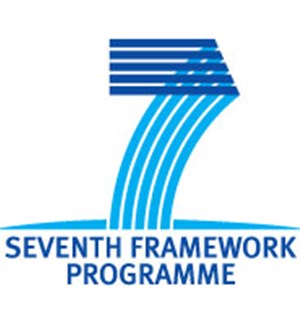The Nunatsiavut Government leads a comprehensive Inuit-led pollution monitoring and research program on which our project builds through capacity sharing. We will focus on birds caught for food with no plastic ingestion baselines, and link plastic pollution with metal contamination of which plastics are a vector. These will be compared to colonial archival samples of birds from Nunatsiavut to investigate trends in metals and their relationships to climate change, the introduction of consumer plastics to the North. We will identify sources of macroplastics on shorelines using forensics based in collective community knowledge, and link these to microplastics ingested by animals to provide input on meaningful intervention into plastic mitigation. Presentations or plain language summaries limit two-way interaction and reinforce the power dynamic of researcher-expert over community member-knowledge holder. On-the-land workshops ensure research is shaped by community knowledge and priorities, recognizing local knowledge holders as the main experts, and placing research in the everyday context of where samples are collected and where food is prepared and eaten, providing opportunities to discuss research questions as they arise in practice. This enables local knowledge holders to become team members and co-authors. These activities will be used to inform plastic pollution, metal contamination, and Inuit foodway governance and mitigation by the Nunatsiavut Government.
Want to analyze based on this project via our analysis tool? Analyze this project
Knowledge Gaps
Bioaccumulation, bioconcentration and persistence
Environmental fate and behavior of plastic
Bioaccumulation and biomagnification
Chronic or long-term effects, multiple forms and/or sources
Environmental exposure

